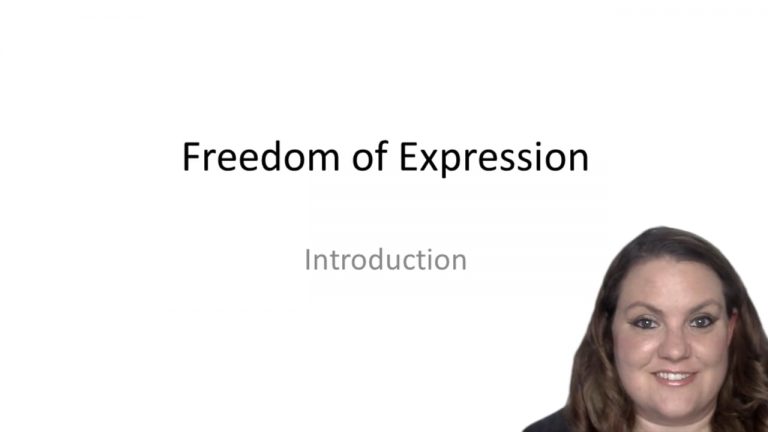SmartBrief
Confirm favorite deletion?
Constitutional Law Keyed to Stone
Virginia v. Black
Citation:
538 U.S. 343 (2003)Facts
Virginia enacted a statute banning cross-burning with an intent to intimidate a person or group of people. The statute contained a provision stating that cross-burning shall be treated as prima facie evidence of intent to intimidate.
Barry Black led a KKK rally in Virginia, during which the group burned a 25 to 30 foot cross in an open field, between 300 and 350 yards from a road. About 40 to 50 cars passed the site. Black was charged with cross burning with the intent to intimidate, in violation of the state law. At trial, the jury was instructed that cross-burning was sufficient evidence from which to infer the required intent. The jury convicted Black.
Richard Elliott and Jonathan O’Mara attempted to burn a cross on the yard of Elliott’s new neighbor, James Jubilee, who was Black. O’Mara plead guilty. At Elliott’s trial, the court did not instruct the jury on the prima facie provision of the state cross-burning law. The jury convicted Elliott.
Only StudyBuddy Pro offers the complete Case Brief Anatomy*
Access the most important case brief elements for optimal case understanding.
*Case Brief Anatomy includes: Brief Prologue, Complete Case Brief, Brief Epilogue
- The Brief Prologue provides necessary case brief introductory information and includes:
Topic:
Identifies the topic of law and where this case fits within your course outline.Parties:
Identifies the cast of characters involved in the case.Procedural Posture & History:
Shares the case history with how lower courts have ruled on the matter.Case Key Terms, Acts, Doctrines, etc.:
A case specific Legal Term Dictionary.Case Doctrines, Acts, Statutes, Amendments and Treatises:
Identifies and Defines Legal Authority used in this case.
- The Case Brief is the complete case summarized and authored in the traditional Law School I.R.A.C. format. The Pro case brief includes:
Brief Facts:
A Synopsis of the Facts of the case.Rule of Law:
Identifies the Legal Principle the Court used in deciding the case.Facts:
What are the factual circumstances that gave rise to the civil or criminal case? What is the relationship of the Parties that are involved in the case.Issue(s):
Lists the Questions of Law that are raised by the Facts of the case.Holding:
Shares the Court's answer to the legal questions raised in the issue.Concurring / Dissenting Opinions:
Includes valuable concurring or dissenting opinions and their key points.Reasoning and Analysis:
Identifies the chain of argument(s) which led the judges to rule as they did.
- The Brief Prologue closes the case brief with important forward-looking discussion and includes:
Policy:
Identifies the Policy if any that has been established by the case.Court Direction:
Shares where the Court went from here for this case.

 8m 15s
8m 15s